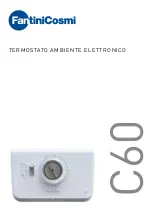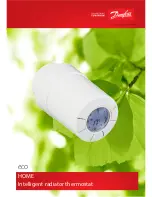
In the event of a fault, large quantities of heat transfer liquid can flow back
into the device from the external circuit. In order not to flood the appliance,
the expansion vessel has an overflow pipe.
In the heating-up area the pump works up to a kinematic viscosity of
200 mm²/s. 50 mm²/s should not be exceeded during regular operation.
Optimum temperature control is under 30 mm²/s.
The hydraulic circuit in the device consists of the following components:
n
Piping system
n
Expansion vessel (not flowed through)
n
Pump
n
Bypass
n
Heating
n
Evaporator
n
Flow rate measuring device
n
Control valve
n
Throttling point (position A, is only installed in devices of the MID 20
variant)
The external application is connected with hoses to the pump connectors of
the device.
Only external applications with closed thermostatic circuits can be used
on the Integral devices. Direct temperature control of open baths is not
possible.
If the external temperature control volume exceeds the expansion volume in
the Integral, a return flow of heat transfer liquid from higher-level consumers
in the event of a fault or unintentional ventilation must be prevented with a
reverse flow protection device.
The external hydraulic circuit consists of the following components:
n
Hoses
n
external application
n
shut-off valves, if necessary
Fig. 6: Hydraulic diagram Integral IN 1850
MID 20
External hydraulic circuit
V4
Integral process thermostats with flow control unit
22 / 171
















































